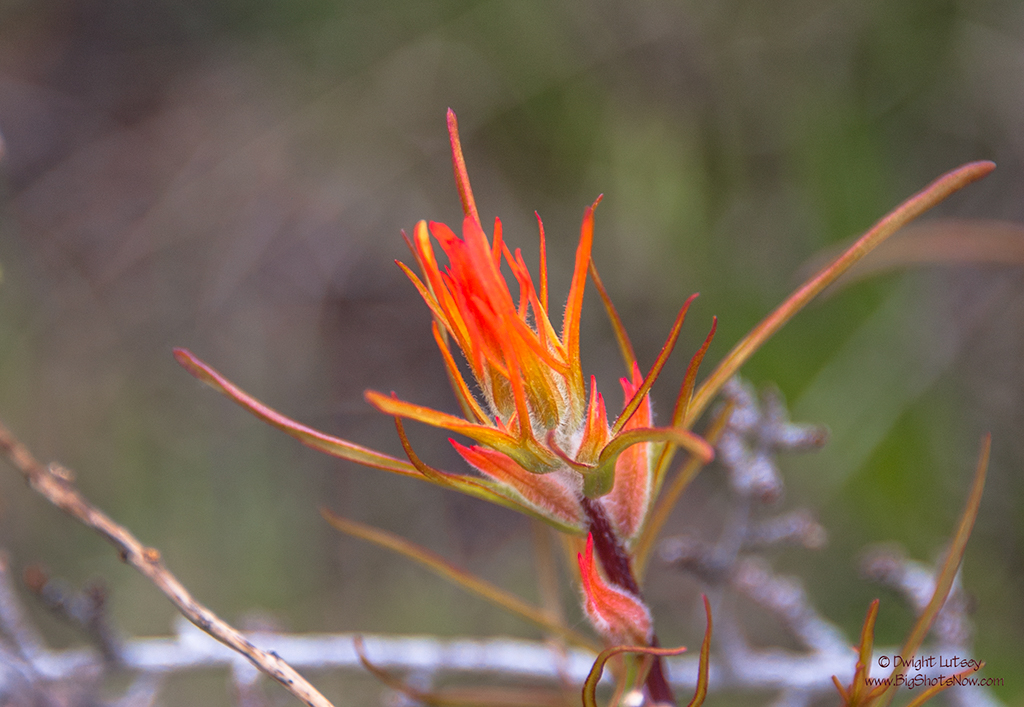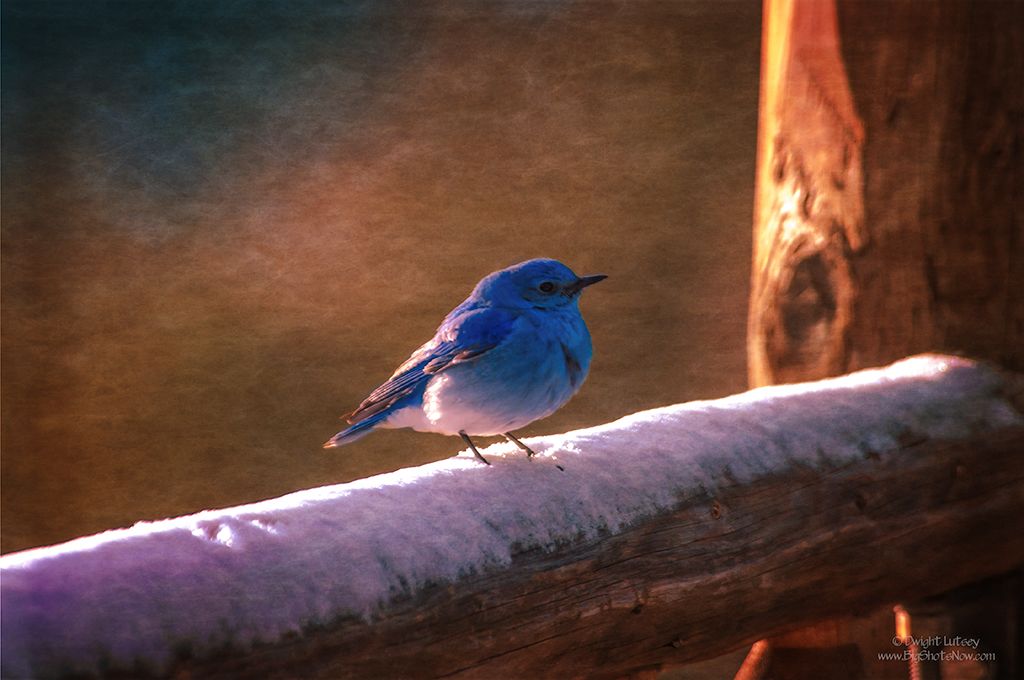There is a special meadow near a village called Red Feather high in the Rocky mountains of Northern Colorado where magical things happen. If you sit still and watch you may see a coyote slowly hunt across it’s grass-covered surface, pausing here with cocked head to listen, leaping there if it hears a mouse scamper through the new grass. Or see a Red-tailed hawk glide majestically out of the surrounding timber to splash its shadow across the land below as it too looks for it’s next meal.
Hummingbirds flit from flower to flower sipping the nectar from the new blooms and helping to pollenate the plants in this untamed garden. Before long the grass will be knee-high and cover the shorter blooms leaving you to discover them as you walk slowly through the dew covered stalks early in the morning.
There is an old fence line that divides the meadow into unequal portions, meaningful to the humans who like to section things off and say that’s mine, but meaningless to the life that occupies or uses the ground on either side of the old rusty wire. Silent things that grow and stand tall and wave in the fresh breezes that occasionally wend their way down from the Never Summer mountains, their color dotting the meadowland like jewels left to catch the sun.
Now that the last of winter’s snow is making up its mind whether it will melt or not the earliest of the spring flowers are starting. The Lenten Rose and Pasque flowers are peeking out beneath the snow close to Easter. Winter Aconite and the Common Snowdrop are breaching through the snow-covered meadow displaying their blooms, plus a favorite of all who see it, the Wyoming Indian Paint brush is beginning to appear. That pyrotechnical colored perennial that migrated down from the open plains of Wyoming and Montana to gently settle here and become a favorite native in this high meadow. It’s red and orange and yellows the exact colors of newly lit campfires. Scattered throughout the tall grass these brilliant flowers give the appearance of fire in the meadow with their brightly colored heads waving in the wind.
Spring is here, even though we just had a blizzard that produced a couple of feet of snow. The snow is nearly melted already and leaves in its wake what the locals call Mud Season, those several weeks of melting snow and saturated ground and mud everywhere. That’s spring in the high country. Enjoy it while you can. And while you’re at it go see the fire in the meadow. That’ll make you feel good.
And thanks to those gentle stewards of the land, Jack and Peggy, for the opportunity to photograph there. Enjoy your special place.



You must be logged in to post a comment.